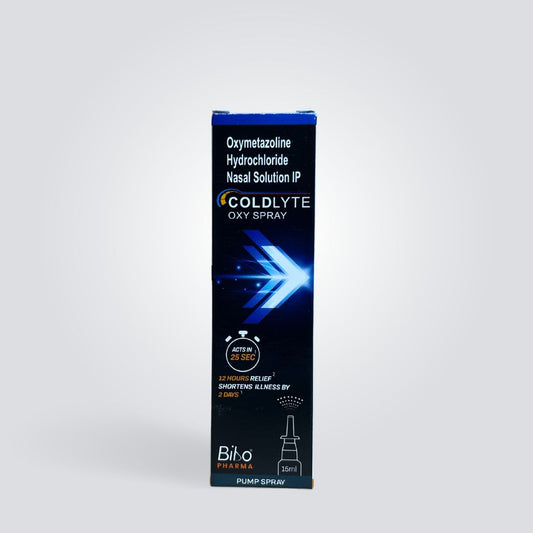
Septoplasty is a surgical procedure to correct the crooked or deviated nasal septum. A nasal septum is a thin wall that separates the nose into nasal passages or left and right nostrils. It is called deviated when it is leaned or pushed to one side of the nose instead of being in the center.
When the nasal septum is deviated to a greater extent, it can cause nasal congestion, nosebleeds and even breathing difficulty. A deviated nasal septum can also make you prone to sinus infections due to poor mucus drainage from the sinuses.
Hence, it is then when septoplasty can help. Septoplasty is the choice of treatment when all the medicines fail to provide relief.
The procedure of septoplasty:
Our nasal septum is a thin wall made of bone and cartilage. The procedure of septoplasty is mainly divided into three steps, pre-operative procedures, operative procedures and post-operative procedures.

During the pre-operative procedures, your surgeon will discuss the instructions you will have to follow closely before undergoing this surgery. Your doctor may ask you for details about the current medicines you are taking, including the OTC, prescription and herbal products. You may be advised to avoid taking aspirin, ibuprofen or any other NSAID a few days before surgery, as these medicines may interfere with blood clotting. These medicines may slow down the clotting process.
During the operative procedure, initially, you may be given a local or general anaesthetic. In most cases, general anaesthesia will be given, which means you will be asleep during the entire process. In some cases, even local anaesthesia will be preferred, wherein you will be awake but will not experience any pain.
During septoplasty, your surgeon will cut, reposition and replace the nasal bone, cartilage or both, depending on what is causing the deviation. The surgery may last about half an hour to 90 minutes.
Your surgeon may insert some splints and soft packing to support the nasal tissues and reduce the chance of bleeding. These splints are generally left inside your nose for about a week, after which they will be removed. Sometimes, your surgeon may put only dissolving stitches, which will dissolve and disappear on their own in a few days.
Generally, septoplasty is a stand-alone procedure, but sometimes your surgeon may also recommend turbinate reduction surgery along with septoplasty.
In Post-procedure, your surgeon may ask you to follow some instructions to reduce the chance of nosebleeds and further pain and swelling. Your surgeon may ask you to visit him/her regularly, so as to see how well are you recovering.
Post-surgery care tips:
Septoplasty is an outpatient surgical procedure, which means the person may go back home on the same day of surgery. It is a minor surgery which may cause swelling and pain. A person may initially feel breathing difficulty due to the swelling, but it will gradually decrease in a few days. However, for complete recovery, a person may require three to six months, depending on his condition and healing speed.
Like any other surgery, septoplasty carries its own side effects, including nasal bleeding, infection, numbness and temporary loss of smell.
Things to do during post-surgery

- Use a saline nasal spray to keep the nasal passages moist. You can use it as directed by your doctor or every 3-4 hours.
- Saline nasal irrigation can help reduce swelling and keeps the nasal and sinus passages clean. You can do it twice a day or as suggested by your doctor.
- Take enough rest for faster recovery. It may help improve the healing process.
- You can start with your regular but mild activities after a week of surgery.
- Elevate the head of your bed during sleeping. This may help reduce bleeding.
- Stay well hydrated.
Things to avoid during post-surgery
- Avoid taking aspirin and other NSAIDs for pain relief, as these medicines can increase or cause bleeding. Always take the medicines prescribed by your doctor. A safer painkiller would be paracetamol.
- Avoid smoking, as it can slow the healing process.
- Avoid blowing your nose for a few weeks post-surgery as it may cause bleeding in the surgical area.
- Avoid strenuous exercises such as running, gymming, lifting heavy objects, etc., as it may increase the chance of nosebleeds.
Conclusion:
Septoplasty is a surgical procedure to correct the deviated nasal septum. Most people get relief from their symptoms and can breathe through their nose, without any difficulty. It may take up to six months for complete recovery. The recovery time depends from person to person.
However, there are some people who may not get benefit from the surgery as well. Even after undergoing the surgery, they may feel difficulty breathing and may opt for another surgery to get relief.
Also, some people may notice that their septum is getting deviated again a few months or years after the surgery and may again feel difficulty in breathing due to the deviation.




